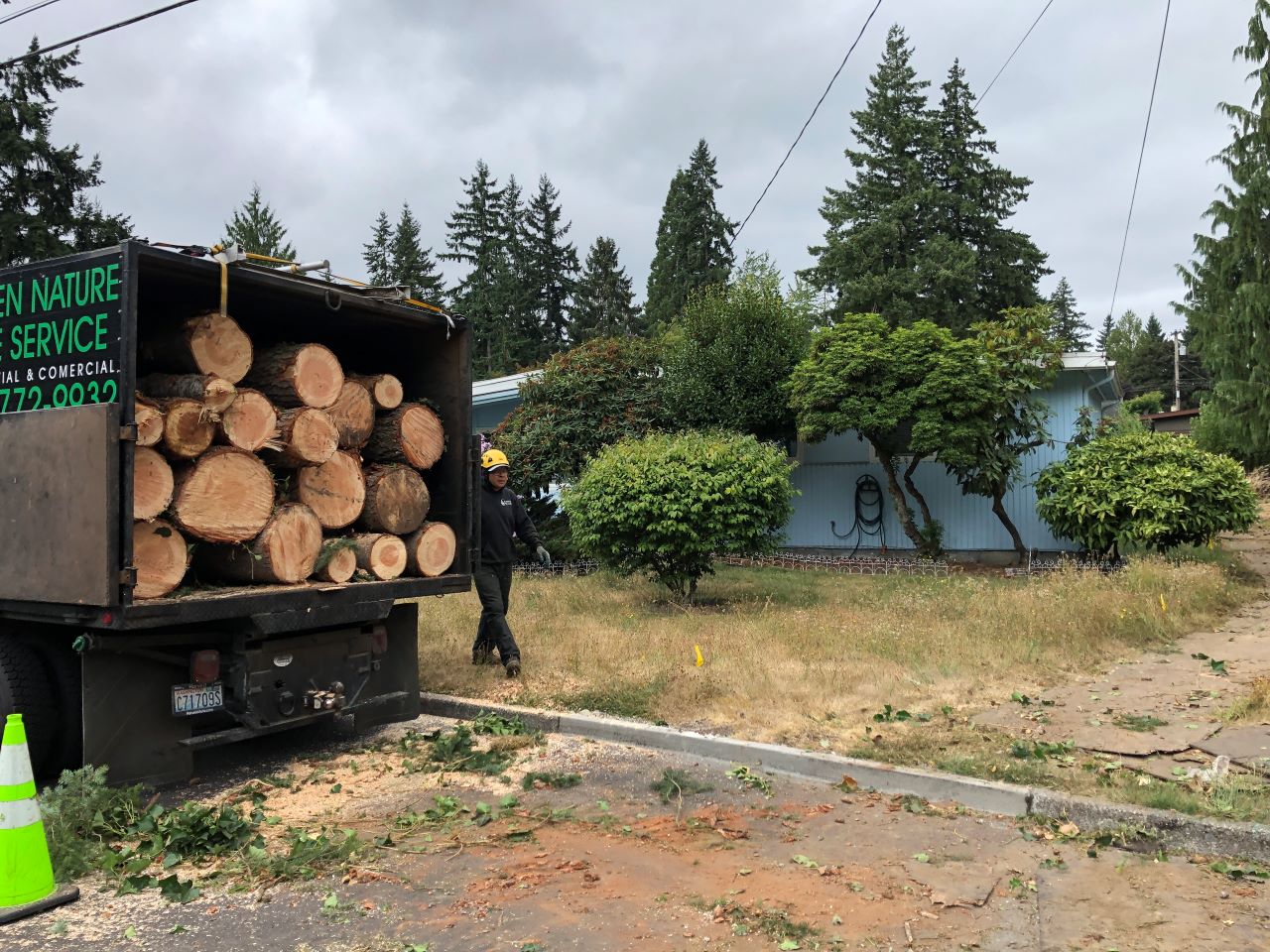Bellevue, a city in Washington state, has recently implemented new tree protection measures in an effort to preserve its urban forest and reach its goal of 40% tree canopy coverage. The city has been steadily increasing its tree canopy coverage over the years, with the most recent study showing a 40% canopy coverage. However, concerns have been raised about the equitable distribution of tree canopy and the need for protections to maintain tree coverage in the future.
One of the key issues identified in Bellevue is the loss of tree canopy in middle-class neighborhoods due to rampant development and lax city ordinances. Older homes are being torn down and replaced with larger houses, leading to the removal of many trees on the lots. The previous requirements allowed for the removal of significant trees without proper permits, leading to a decline in tree canopy in residential neighborhoods.
In response to these challenges, community members and city leaders came together to advocate for better tree protections. Trees4Livability, a local advocacy group, compiled a list of best practices from other cities and gathered over 1,700 petition signatures calling for improvements to the city’s tree ordinances. With the support of city staff and elected officials, new tree protection measures were developed and adopted by the Bellevue City Council.
The new tree ordinances, which went into effect in August, include limits on tree removal, permit requirements for removing large trees, and replanting requirements to maintain the city’s canopy goals. For properties undergoing redevelopment, there are additional regulations to ensure that trees are preserved or replaced to meet minimum tree density requirements. The ordinances aim to strike a balance between preserving trees and allowing for development in the city.
The significance of Bellevue’s new tree codes extends beyond the city itself. Other cities facing similar challenges of preserving urban forests while accommodating growth can look to Bellevue as a model for effective tree protection measures. The city’s efforts to enhance tree protections and canopy enhancements will benefit current and future residents, ensuring a greener and healthier environment for all.
Moving forward, there is room for improvement in enforcing the new tree ordinances and expanding tree planting programs in underserved neighborhoods. The city should also consider additional incentives for planting groves of trees, as they provide valuable habitat and contribute to a healthier urban environment.
In conclusion, Bellevue’s new tree protection measures mark a significant step forward in preserving the city’s urban forest and ensuring a sustainable future for its residents. The collaborative efforts of community members, city leaders, and advocacy groups have led to the implementation of effective tree ordinances that will benefit the city for years to come. By continuing to improve and enforce these measures, Bellevue is setting a positive example for other cities looking to balance development with environmental conservation.

